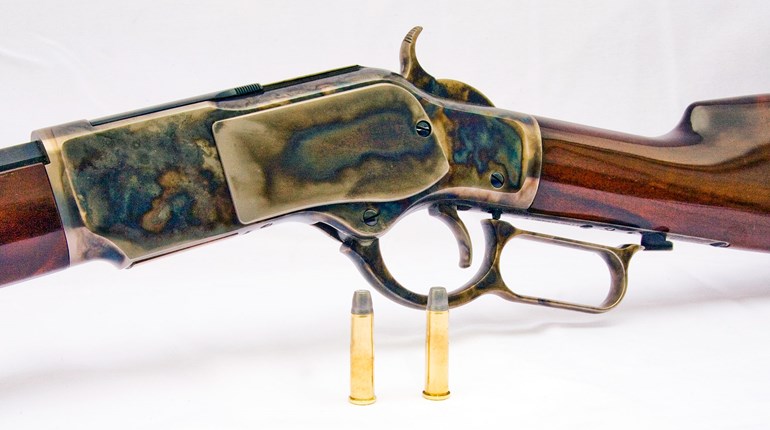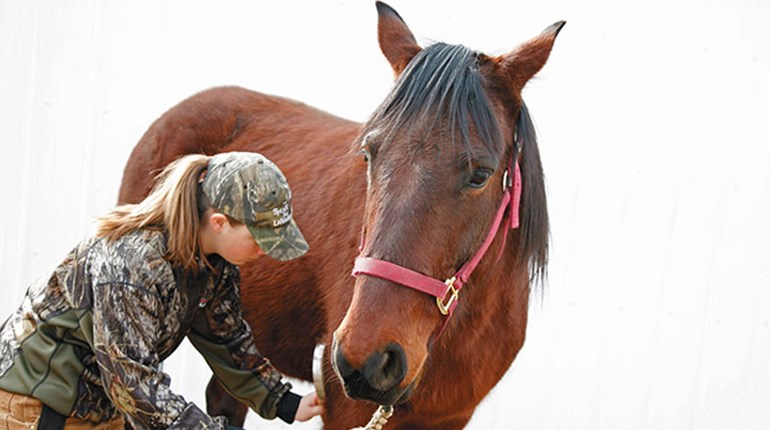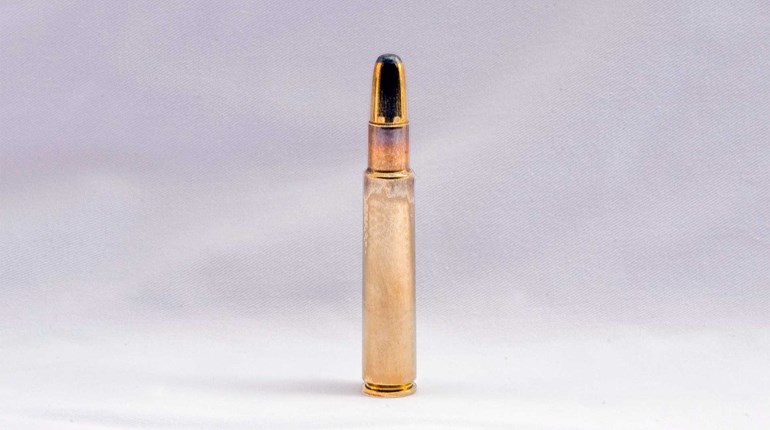
I know several hunters who really don’t care for game meat. Whether it’s their tender palate or that of others in their family, but when they try game meat that has been properly prepared, most are willing to reevaluate their prejudices. One buddy of mine jerks every deer he gets, even the backstraps and tenderloins! He says his wife doesn’t like game meat, but his grandkids love jerky.
Anothermethod of handling and preserving game meat—and just about anything else edible—is canning. It is an old method of food preservation that at one time was partly alchemy, partly witchcraft and partly luck. With a modern pressure canner it is a safe, efficient and handy way to preserve your bounty. Somewhat like handloading, you do need to pay attention to what you are doing and be able to follow directions, however canning isn’t difficult.
For about a hundred bucks you can get started canning. A pressure canner will set you back roughly $80. Figure another $20 or so for a dozen jars and lids, and some handy tools like a jar lifter and a magnetic pickup for the lids and rings when you boil them. Most canners come with recipes for everything from fruit to fish and more. It’s a more-or-less all-day project, but today it’s hovering around zero in northwest Wyoming, and I’m not all that enthusiastic about running around outside right now.
My 23-quart pressure canner is chugging like a miniature locomotive as I write this, as it approaches its 13 psi operating pressure. Inside are eight pint Mason jars filled to about an inch from the top with cubed deer meat that I seared—not cooked—on the grill yesterday and some au jus gravy to fill in the voids and add a bit of flavor. I can usually get a couple of batches completed in a day. When completed I have completely cooked meat available for anything from burritos to stew, and I don’t have to thaw anything—something I am notoriously guilty of forgetting to do.




































